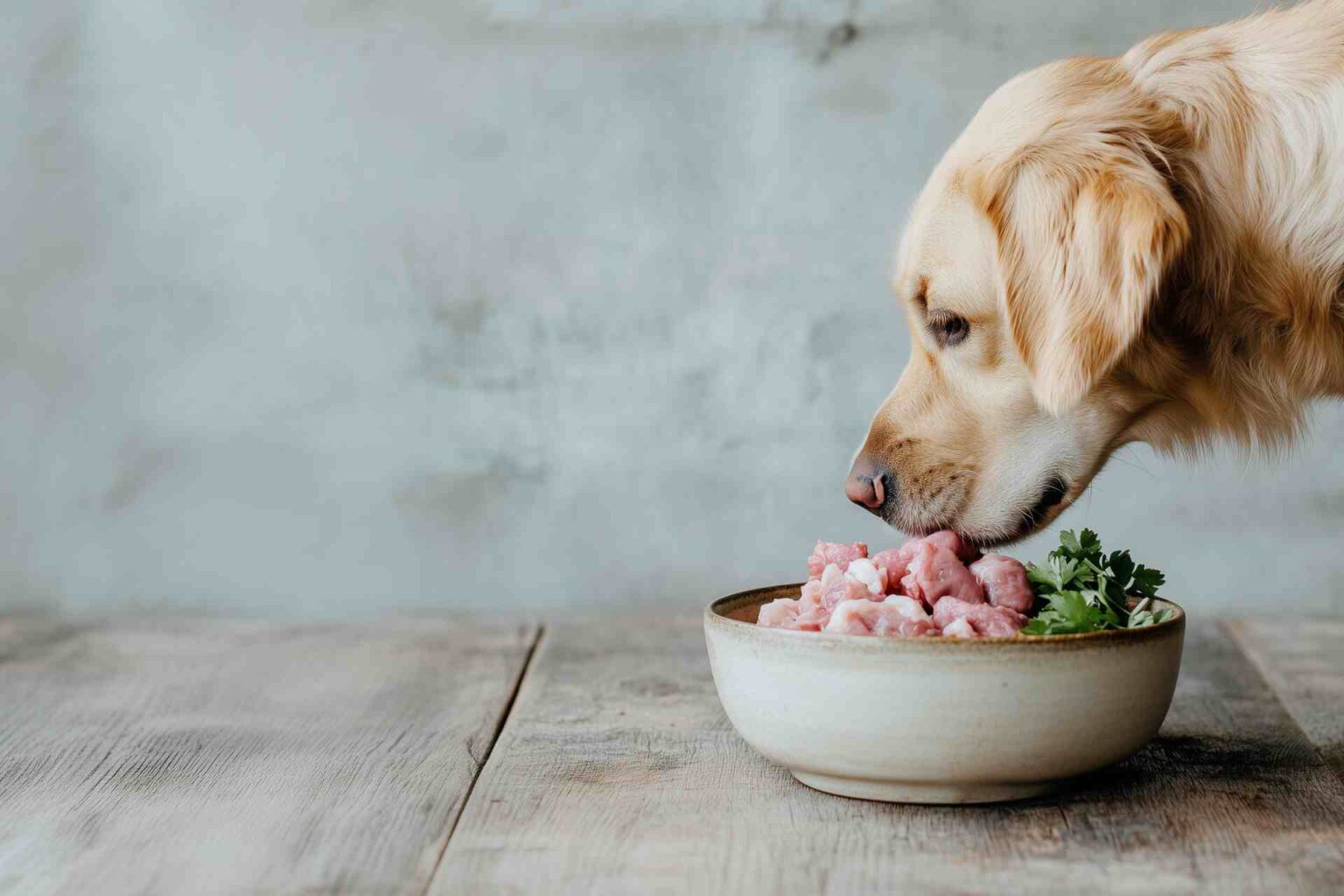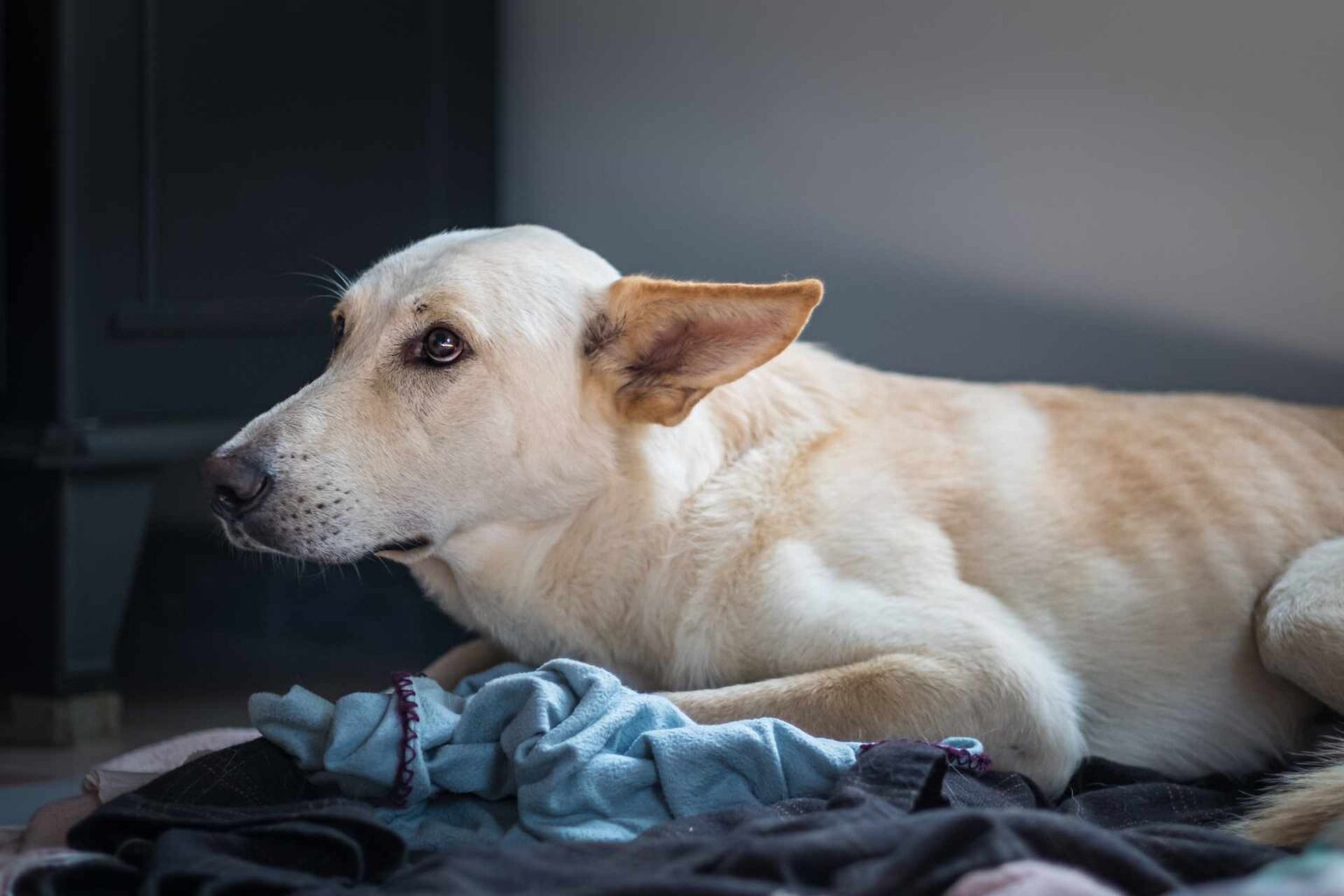One study conducted at Texas A&M University and published in the Journal of Veterinary Internal Medicine describes how the composition of gut flora evolves in the first weeks of an animal’s life and advocates the use of an age-appropriate cutoff for the dysbiosis index.
The structure of the microbiota represents an important parameter in assessing the health of the dog, as the composition of the intestinal flora conditions, among other things, the maturation of immune defenses, protection against enteropathogens, and nutrient metabolism.
In fact, alterations in the composition of the fecal microbiota are generally found in animals with gastrointestinal disorders, considering a dysbiosis index below zero to be normal. But while key bacterial taxa for microbiota arrangement have been identified in the adult dog, this aspect requires further investigation in the puppy.
It is known, for example, that from birth, the microbiota is enriched in species from the second day of life, when Firmicutes hitherto dominant are joined by other species, and by day 21 Bacteroidetes, Fusobacteria as well as Firmicutes appear preponderant.
Studies conducted on the subject also show that the pup has a pronounced abundance of E. coli and a reduced abundance of Faecalibacterium, which may increase the index of dysbiosis.
But the role played by bile acids on microbiota development also remains to be investigated. Providing further insight into the evolution of the microbiota in the puppy is a study conducted at Texas A&M University and published in the Journal of Veterinary Internal Medicine.
Assess bacterial abundance and bile acid concentrations
The objectives of the U.S. work were to Determine at what age the puppy’s dysbiosis index approaches that of the adult dog, How bile acid profiles develop and what is their correlation with the abundance of species such as Clostridium hiranonis and Clostridium difficile, which are found to be altered in the microbiota of dogs with chronic gastrointestinal disorders.
For this purpose, 53 puppies – Golden Retriever, Labrador Retriever or Goldador mixes – aged ≤ 10 weeks and kenneled on the same dietary regimen were enrolled, plus 20 dogs aged < 1 year and 13 older dogs as controls.
In the study, set up according to a prospective observational design, bacterial abundance was assessed by quantitative PCR, while fecal bile acid concentrations were measured by chromatography-mass spectrometry. The analysis showed that Compared with adult dogs, 5- to 6-week-old puppies show increased index of dysbiosis, increased abundance of C. difficile, reduced concentrations of secondary bile acids, and reduced abundance of C. hiranonis; secondary bile acid concentrations also correlate positively with the abundance of C. hiranonis.
Characteristics of the microbiota in early developmental ages
Thus, according to the results, in the puppy the fecal microbiota changes significantly according to age, that the index of dysbiosis is higher at 1-2 weeks, 3-4 weeks and 5-6 weeks after birth than in the adult dog, and that several groups of bacteria appear altered before 7-9 weeks of age. It is thus confirmed that in the first 6 weeks after birth, the composition of intestinal and fecal flora is different from that of adulthood.
While the increased index of dysbiosis can be attributed mainly to the increased abundance of E. coli and the reduced presence of anaerobic species(Faecalibacterium, Turicibacter, and C. hiranonis), as the latter increase, the index of dysbiosis decreases and the microbiota arrangement gradually takes on the appearance of that of the adult dog. Therefore, as the authors point out, assessment of the dysbiosis index in the puppy should be based on different cutoffs from those used in the adult dog. At the same time, the study brings out a relationship between bile acid concentrations and the abundance of C. difficile and C. hiranonis: thus, the relationship between metabolites and gut microbial communities may also be a parameter for elucidating gastrointestinal function.
Reference
Reference: Blake AB, Cigarroa A, Klein HL, et al. Developmental stages in microbiota, bile acids, and clostridial species in healthy puppies. J Vet Intern Med. 2020;34(6):2345-2356. doi:10.1111/jvim.15928











